Circa 2015
Blue Brain Project announces results of a decade’s work.
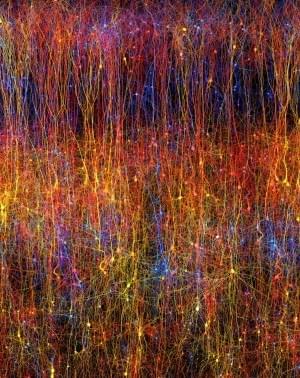
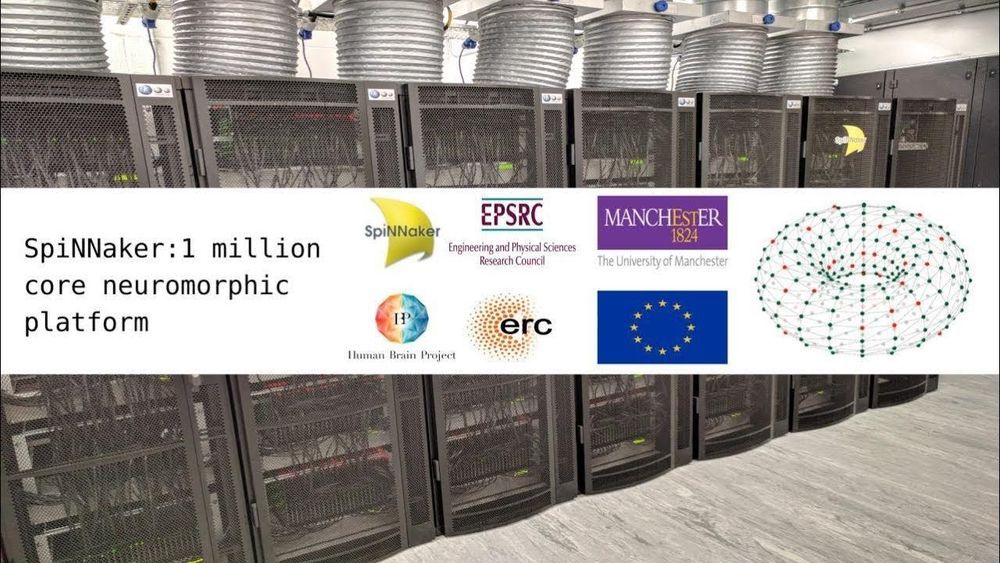
Circa 2018
After 12 years of work, researchers at the University of Manchester in England have completed construction of a “SpiNNaker” (Spiking Neural Network Architecture) supercomputer. It can simulate the internal workings of up to a billion neurons through a whopping one million processing units.
The human brain contains approximately 100 billion neurons, exchanging signals through hundreds of trillions of synapses. While these numbers are imposing, a digital brain simulation needs far more than raw processing power: rather, what’s needed is a radical rethinking of the standard computer architecture on which most computers are built.
“Neurons in the brain typically have several thousand inputs; some up to quarter of a million,” Prof. Stephen Furber, who conceived and led the SpiNNaker project, told us. “So the issue is communication, not computation. High-performance computers are good at sending large chunks of data from one place to another very fast, but what neural modeling requires is sending very small chunks of data (representing a single spike) from one place to many others, which is quite a different communication model.”

Nvidia is is going to be powering the world’s fastest AI supercomputer, a new system dubbed “Leonardo” that’s being built by the Italian multi-university consortium CINECA, a global supercomputing leader. The Leonardo system will offer as much as 10 exaflops of FP16 AI performance capabilities, and be made up of more than 14,000 Nvidia Ampere-based GPUS once completed.
Leonardo will be one of four new supercomputers supported by a cross-European effort to advance high-performance computing capabilities in the region, which will eventually offer advanced AI capabilities for processing applications across both science and industry. Nvidia will also be supplying its Mellanox HDR InfiniBand networks to the project in order to enable performance across the clusters with low-latency broadband connections.
The other computers in the cluster include MeluXina in Luxembourg and Vega in Slovenia, as well as a new supercooling unit coming online in the Czech Republic. The pan-European consortium also plans four more Supercomputers for Bulgaria, Finland, Portugal and Spain; though, those will follow later and specifics around their performance and locations aren’t yet available.
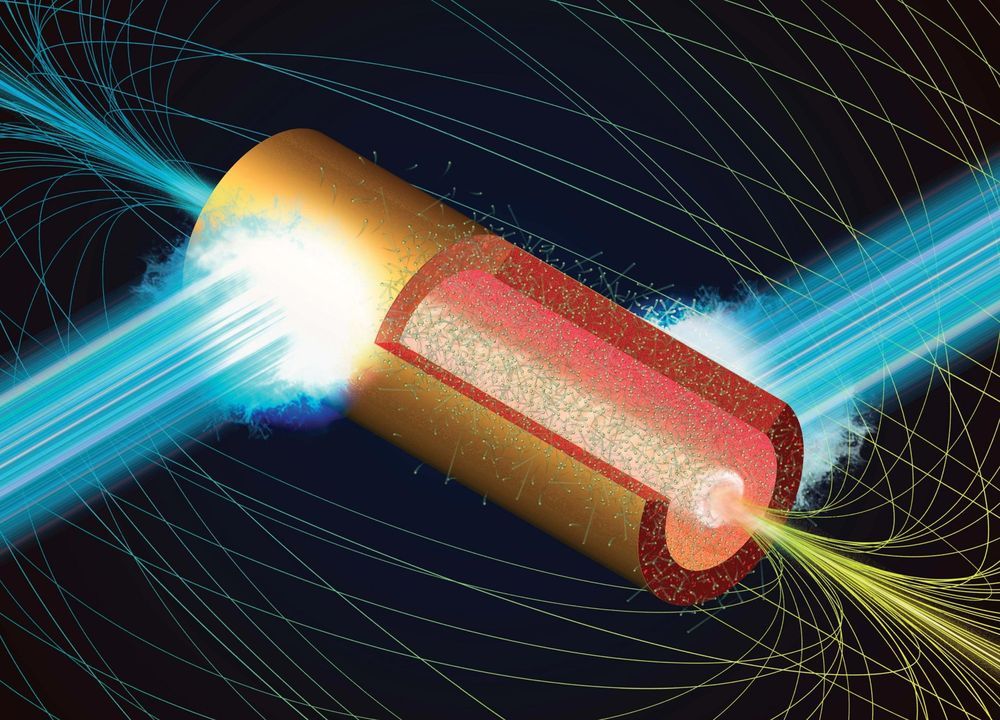
A team of researchers led by Osaka University discovers “microtube implosion,” a novel mechanism that demonstrates the generation of megatesla-order magnetic fields.
Magnetic fields are used in various areas of modern physics and engineering, with practical applications ranging from doorbells to maglev trains. Since Nikola Tesla’s discoveries in the 19th century, researchers have strived to realize strong magnetic fields in laboratories for fundamental studies and diverse applications, but the magnetic strength of familiar examples are relatively weak. Geomagnetism is 0.3−0.5 gauss (G) and magnetic tomography (MRI) used in hospitals is about 1 tesla (T = 104 G). By contrast, future magnetic fusion and maglev trains will require magnetic fields on the kilotesla (kT = 107 G) order. To date, the highest magnetic fields experimentally observed are on the kT order.
Recently, scientists at Osaka University discovered a novel mechanism called a “microtube implosion,” and demonstrated the generation of megatesla (MT = 1010 G) order magnetic fields via particle simulations using a supercomputer. Astonishingly, this is three orders of magnitude higher than what has ever been achieved in a laboratory. Such high magnetic fields are expected only in celestial bodies like neutron stars and black holes.

The blockchain revolution, online gaming and virtual reality are powerful new technologies that promise to change our online experience. After summarizing advances in these hot technologies, we use the collective intelligence of our TechCast Experts to forecast the coming Internet that is likely to emerge from their application.
Here’s what learned:
Security May Arrive About 2027 We found a sharp division of opinion, with roughly half of our experts thinking there is little or no chance that the Internet would become secure — and the other half thinks there is about a 60% probability that blockchain and quantum cryptography will solve the problem at about 2027. After noting the success of Gilder’s previous forecasts, we tend to accept those who agree with Gilder.
Decentralization Likely About 2028–2030 We find some consensus around a 60% Probability and Most Likely Year About 2028–2030. The critical technologies are thought to focus on blockchain, but quantum, AI, biometrics and the Internet of things (IoT) also thought to offer localizing capabilities.
Immersion Highly Likely About 2031–2032 The experts show good agreement on a 70% probability that immersive capabilities will arrive about 2031–2032. They also suggest a variety of technologies will make this possible: blockchain, VR and AR, gaming, AI, IoT and a useful brain-computer interface.
EMERGING INTERNET TECHNOLOGIES
The Blockchain Revolution
George Gilder’s latest book, Life After Google, is a landmark forecast on what he calls the “cryptocosm.” Like his earlier book, Microcosm, which forecast the Information Technology Revolution caused by microchips, followed by Telecosm, which forecast today’s explosion of wireless technology, the cryptocosm extends major advances in blockchain technology into all spheres of the Internet.
Gilder thinks the cryptocosm will produce a web that overthrows the top-down monopolies of Google, Facebook, Amazon and the other tech giants that have created a web that is insecure, clumsy and destined to fail. Using stunning examples of brilliant technological advances by pioneering entrepreneurs, Life After Google promises an Internet that is secure, private, decentralized and controlled by users rather than the tech giants.
In Gilder’s terms:
“Google is hierarchical. Life after Google will be heterarchical. Google is top-down. Life after Google will be bottom-up. Google rules by the insecurity of the lower layers in the stack. A porous stack enables the money and power to be sucked up to the top. In Life after Google, a secure ground state in the individual, registered and timestamped in a digital ledger, will prevent this suction of hierarchical power.”
A telling sign is that China is leading the blockchain revolution. In October of 2019, Premier Xi Jinping called on the nation to “seize the opportunity of blockchain technology as a new security architecture for the Internet.” In April 25, 2020, China launched its national blockchain platform, the Blockchain Service Network (BSN). In time, Xi plans to replace their national currency and other currencies around the globe with new digital systems.
Advanced Gaming
Related breakthroughs are underway as gaming technology becomes vividly immersive, interactive, intelligent and 3 dimensional — creating the famed Metaverse pioneered a
few years ago by Second Life. Nintendo’s Animal Crossing, Facebook’s Horizon, Epic Games’ Fortnite, Minecraft, and other contenders are blazing a path that seems likely to move virtual reality from expensive headsets into everyday life on the web. There were 2.6 billion people playing games globally in 2017, producing revenue of $100 billion.
Jacob Novak, CEO Genvid Technologies, expects the web to become “a mix of game engines, interactivity and video… game engines will be the primary way people will have interfaces with the Internet.”
Travis Scott, a celebrated gamer in Fortnite, thinks “As VR and AR evolve, we’ll be able to build truly immersive virtual worlds.”
Virtual Reality
After years of sluggish growth in VR, we are seeing the convergence of the Internet, high-resolution graphical interfaces, greater computing power, motion sensors, 3D modeling, digital games, and social networking. We also see the rise of augmented reality (AR) – digital information laid over the real-world environment. Experts think these diverse virtual environments will converge into a virtual metaverse. TechCast expects VR to reach mainstream adoption about 2023 + 3/- 1 years and the market will reach about US$550 billion when it hits saturation level about 2030.
VR is also finding its way into business applications. Here’s how Kevin Cardona, head of innovation at BNP Paribas, said it benefits their company: “We are truly convinced that we need to invest in the technology because it will help us to be a company active in 50 countries around the world with clients all over the world.”
Here are other prominent forecasts:
Facebook’s Mark Zuckerberg thinks “Immersive 3D is the obvious next thing after video.”
Heather Bellini, an executive at Goldman Sachs, thinks: “VR and AR will be as transformative as the smartphone.”
Jim Blascovich and Jeremy Bailenson, authors of Infinite Reality, expect a future where “your avatar fills in for you at virtual meetings while you do something more important.”
COLLECTIVE INTELLIGENCE OF TECHCAST EXPERTS
After giving the TechCast experts this background information on leading technologies, we asked them to estimate the prospects for security, decentralization and immersion on the Internet. Results are summarized below.
Security
The most striking feature of our data shows dramatically different views on the prospects for improving security. One group of 8 responses averages less than a 20% probability this will happen, and another group of 9 responses averages more than an 80% probability. A similar bi-modal distribution shows 10 people with an average “most likely year” of about 2027, while another group of 8 averages much later than 2040. The good news is that both groups seem to agree that blockchain and quantum cryptography are the likely technologies to make this happen, with the help of AI.
With such starkly divided opinion, additional insight seems needed to reconcile this impasse. Both cannot be correct. Yes, George Gilder’s claim is hard to accept, but he has been proven correct on similar forecasts. That’s why The Economist called him “America’s foremost technology prophet.”
Here’s how Gilder sums up his forecast in Life After Google: “Some thousands of companies you’ve never heard of are investing billions in that effort [to fix the lack of security on the internet]. Collectively they will give birth to a new network whose most powerful architectural imperative will be security of transactions… So fundamental will security be to this new system that it’s very name will be derived from it. It will be the cryptocosm…”
Marc Andreessen, the billionaire who invented the first web browser, endorsed Gilder’s forecast for blockchain when he told The Washington Post: “This is the big breakthrough. This is the thing we’ve been waiting for… [Gilder] should get the Nobel prize… Hundreds or thousands of applications and companies that could get built on top [of this]…”
Looking over this evidence, we are more impressed by Gilder and his supporters. Our best forecast is that blockchain and quantum cryptography, along with a dash of AI, are likely to introduce a secure form of Internet about 2027. It may also require tougher laws, and it may not be perfect as some glitches are always possible, of course. But TechCast thinks it is coming and long overdue. Serious doubts are normal, of course, but we think the doubts may be what Arthur C. Clarke attributed to “failures of imagination and will.”
Decentralization
The possibility of decentralizing the web into a bottom up system that is no longer dominated by the big tech giants seems more plausible to our respondents. There remains a wide distribution of estimates in the bar charts below, but not a bi-polar distribution. Although many think there is zero probability this will happen, other responses form a fairly normal distribution averaging about 60%. Timing is also less divided, suggesting that these changes are likely to arrive about 2028–2030. The responsible technologies are thought to focus on blockchain, but quantum, AI, biometrics and the Internet of things (IoT) also thought to offer localizing capabilities. I suspect George Gilder would largely agree with this forecast.
The need to decentralize control is gaining some traction. Dfinity is building what it calls the internet computer, a decentralized technology spread across a network of independent data centers that allows software to run anywhere on the internet, rather than in server farms that are increasingly controlled by large firms. It’s planning a public release later this year. However, a free-for-all internet could make it difficult to hold app makers accountable. It could also require a decentralized form of governance which could lead to infighting. It’s not the first to try to remake the internet, so can it succeed where others have failed? Read the full story.
Immersion
Unlike Security and Decentralization, our experts tend to agree on the feasibility of sensory immersion in the Internet. The bar charts show a distribution centered around 70% probability and a most likely year of 2031–2032 when immersion arrives. They also suggest a variety of technologies will make this possible: blockchain, VR and AR, gaming, AI, IoT and a useful brain-computer interface. Gilder would be proud of these results.
Despite pockets of doubt and uncertainty, we think this study tells a compelling story about evolution of the Internet. The continuing advance of computer power, possibly using quantum, nanotech and photonic technologies, is likely to make complex blockchain platforms feasible over the coming decade. Along with applications of quantum crypto and AI, a new generation of Web systems is likely to greatly improve security and move control from tech companies to individuals. Some confusion and security failures will remain, of course, but glitches will be accepted by a younger cohort of users. The development of richer Internet experiences using VR/AR/XR, biometrics, AI, the IoT and holograms is very likely to bloom into the Metaverse long anticipated. Obviously, many other trends will also play important roles in the new Internet, as noted in our experts’ comments.
The strategic implications should be formidable. The status and control of the large tech companies is likely to shift to users, and the Internet service providers (Verizon, Comcast, etc.) may face competition from satellite systems flooding the air with cheap and abundant access. Apple and Elon Musk are launching satellites even now and expect to envelop the Earth with high-capacity broadband in a year or two. In addition to fierce competition from these new sources, the entire supply chain of ICT equipment and services will be disrupted by an advanced generation of suppliers. Users should gain more sophisticated and immersive capabilities that are needed for the high-tech society ahead.
CONCLUSION
This is small study, but TechCast thinks it illustrates the power of using collective intelligence to provide authoritative strategic analyses of hot topics. This study outlines the new Internet architecture that promises to revolutionize life online. The normal doubts are there, of course, but this authoritative analysis strongly indicates that we should see a different Internet emerge during this decade that is secure, decentralized and immersive.

This could be important!
A new algorithm that fast forwards simulations could bring greater use ability to current and near-term quantum computers, opening the way for applications to run past strict time limits that hamper many quantum calculations.
“Quantum computers have a limited time to perform calculations before their useful quantum nature, which we call coherence, breaks down,” said Andrew Sornborger of the Computer, Computational, and Statistical Sciences division at Los Alamos National Laboratory, and senior author on a paper announcing the research. “With a new algorithm we have developed and tested, we will be able to fast forward quantum simulations to solve problems that were previously out of reach.”
Computers built of quantum components, known as qubits, can potentially solve extremely difficult problems that exceed the capabilities of even the most powerful modern supercomputers. Applications include faster analysis of large data sets, drug development, and unraveling the mysteries of superconductivity, to name a few of the possibilities that could lead to major technological and scientific breakthroughs in the near future.
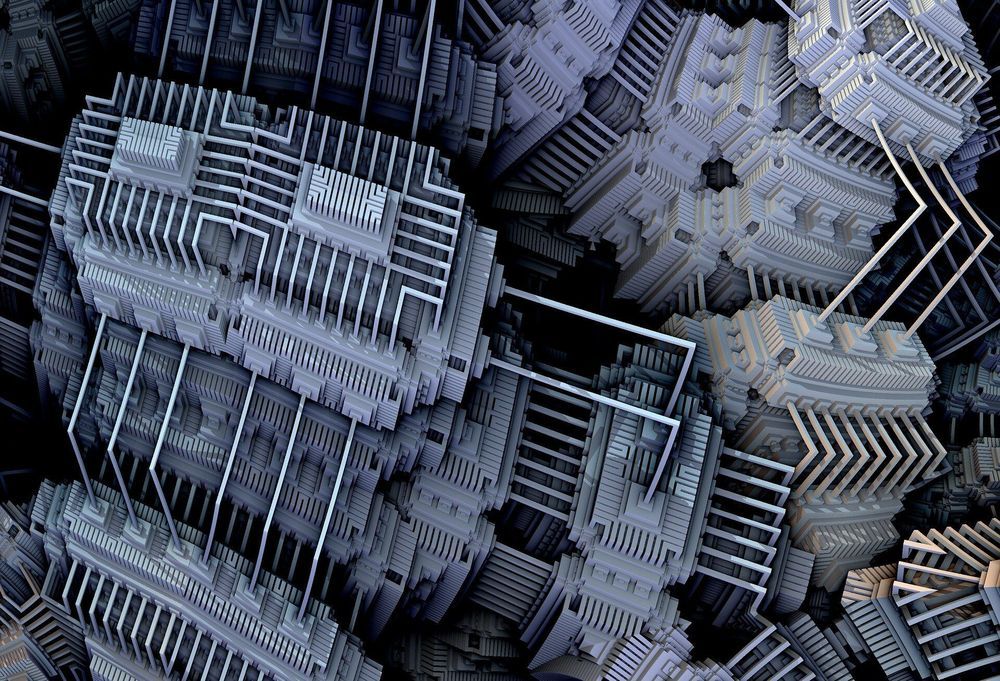
Scientists have created a device which could make it easier to harness super-fast quantum computers for real-world applications, a team at Finland’s Aalto University said on Wednesday.
Quantum computers are a new generation of machines powered by energy transfers between so-called “artificial atoms”—electrical circuits a fraction of a millimetre across.
Scientists believe the devices will eventually be able to vastly outperform even the world’s most powerful conventional supercomputers.
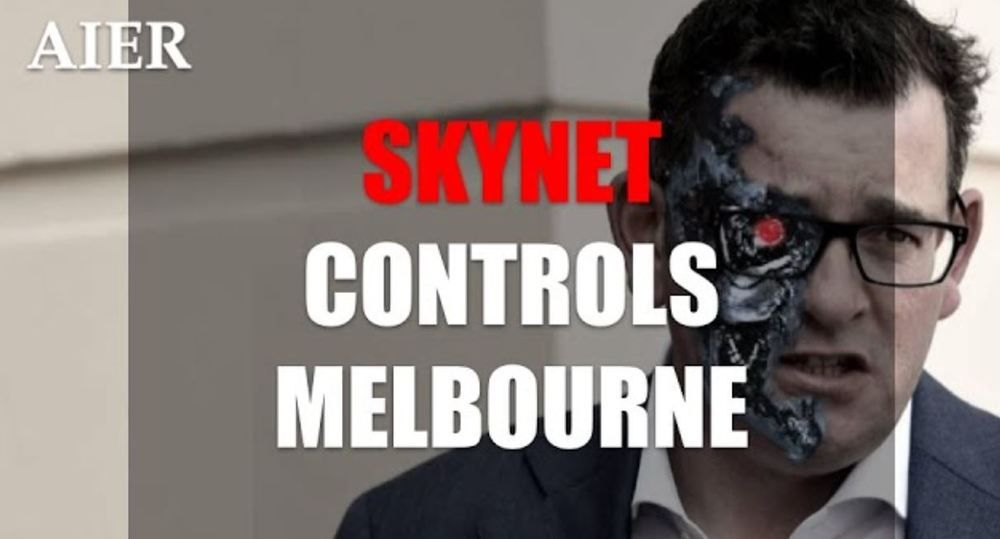
By Taleed Brown
By decree of an anonymous university “supercomputer,” Victoria’s Dan Andrews has opted to extend stage 4 lockdowns. This is once again stalling the economic recovery of the region and plundering the wealth and liberty of millions across the state.
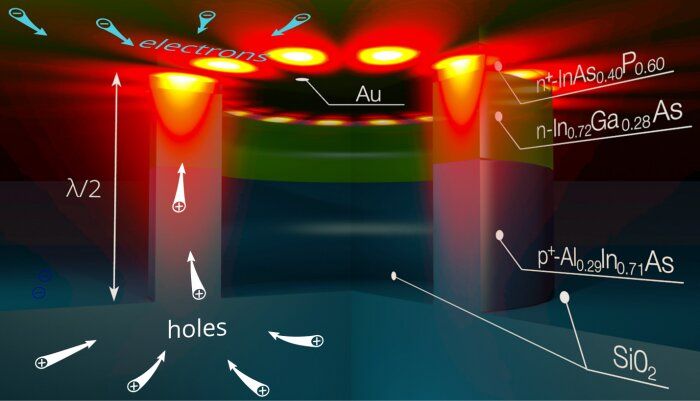
Researchers from the Moscow Institute of Physics and Technology and King’s College London cleared the obstacle that had prevented the creation of electrically driven nanolasers for integrated circuits. The approach, reported in a recent paper in Nanophotonics, enables coherent light source design on the scale not only hundreds of times smaller than the thickness of a human hair but even smaller than the wavelength of light emitted by the laser. This lays the foundation for ultrafast optical data transfer in the manycore microprocessors expected to emerge in the near future.
Light signals revolutionized information technologies in the 1980s, when optical fibers started to replace copper wires, making data transmission orders of magnitude faster. Since optical communication relies on light—electromagnetic waves with a frequency of several hundred terahertz—it allows transferring terabytes of data every second through a single fiber, vastly outperforming electrical interconnects.
Fiber optics underlies the modern internet, but light could do much more for us. It could be put into action even inside the microprocessors of supercomputers, workstations, smartphones, and other devices. This requires using optical communication lines to interconnect the purely electronic components, such as processor cores. As a result, vast amounts of information could be transferred across the chip nearly instantaneously.
